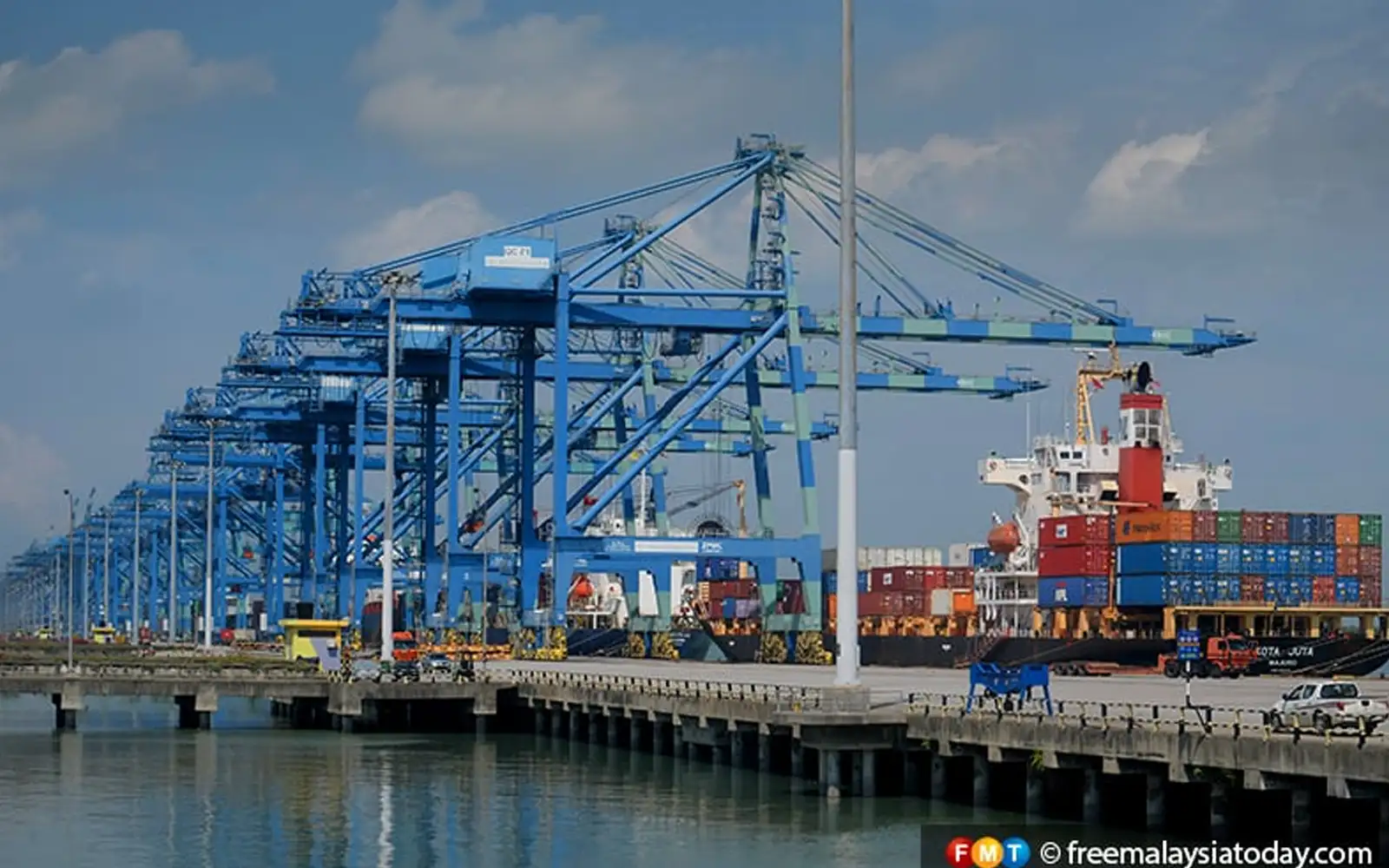
From Mazli Noor
Malaysia’s trade surplus has continued to decline over the last three years, painting a worrying trend that could indicate a larger weakening in the nation’s economic performance.
The latest numbers in May, for example, showed a trade surplus of RM766.3 million, down 92.3% year-on-year, and a decline of 85.2% from the month before.
This has been largely due to the increase in Malaysia’s import value exceeding the increase in export value.
Based on the latest report from the statistics department, one of the main contributors to the decline has been a marked increase in import values of capital goods, with numbers from May showing an increase of 63.7% from the year before.
This is a major source of concern, as it indicates that the economy is still heavily reliant on capital input. This capital-based economic structure is simply not sustainable, given the strain that it places on the government’s finances.
A comprehensive review of Malaysia’s strategic action plans is required to guide the country’s economic structure definitively, from one based largely on capital to one that is more optimally balanced between capital and labour inputs.
This will not be an easy change when viewed from the lens of domestic consumption, especially household consumption, which is the backbone of a labour-based economy.
The Malaysian Retail Industry Report issued in March highlights the increased pressures on consumption that will be brought about by recent adjustments to the RON95 subsidy and expansion of the SST.
This is in addition to the pressures on prices, which have already been felt, by the increase in minimum wage, the introduction of a 2% EPF contribution for foreign workers, and new electricity tariffs.
The other factor that worsens the condition is the capital market, which is also currently navigating largely negative trade sentiments, evidenced by recent withdrawals of foreign capital from local markets.
Foreign funds are largely on a selling trend out of the local equity market, placing continuous pressure on the ringgit and hence, making imports more expensive.
Given these considerations, the recent reduction of the overnight policy rate (OPR) to 2.75% seems ill-advised. More time should be taken to assess the impact of current market volatility, brought about largely by uncertainties in US tariff policies and the hopeful ongoing negotiation between Putrajaya and Washington.
It must be stressed that we are still negotiating these tariffs with the US, so there is no immediate pressure to make these adjustments.
The decrease in OPR, however, will immediately affect capital markets and the ringgit’s position. Thus, on the domestic consumption front, while some analysts expect the revised OPR to benefit consumption, I am not convinced that it will be enough to drive any growth in domestic loans, given the simultaneous pressures in place.
On the contrary, savings will be affected.
It is, therefore, imperative that we strengthen Malaysia’s trade balance by:
1. Urgently correcting the economic structure with a new, comprehensive and actionable strategic plan towards labour-input economy.
2. Strengthening the country’s productivity and production capabilities. It is crucial to ensure that price levels are managed, and the rakyat’s purchasing power remains strong.
3. Increasing export volumes, placing a premium on developing new, non-conventional markets to replace traditional ones such as the US.
4. Strengthening trade within Asean and with other trading blocs, with a major drive needed to increase intra-Asean trade from its current 20% (based on total trade value).
5. Maintaining the OPR for at least another year.
Mazli Noor serves on the boards of several public and private companies and is an FMT reader.
The views expressed are those of the writer and do not necessarily reflect those of FMT.






